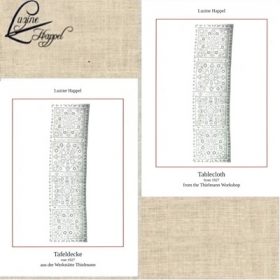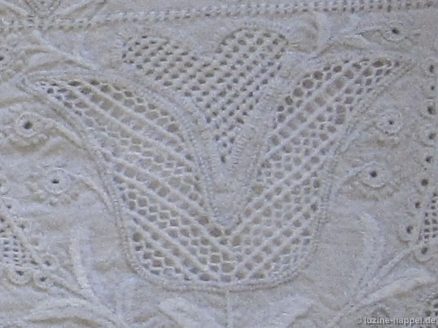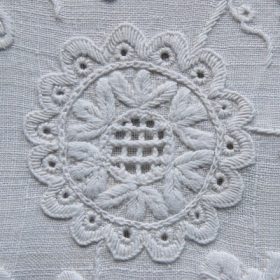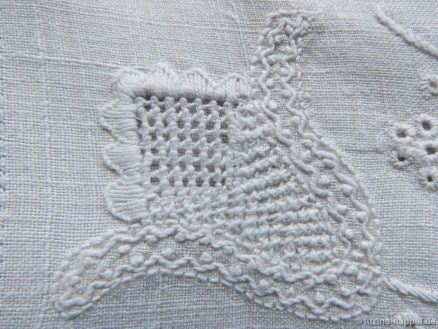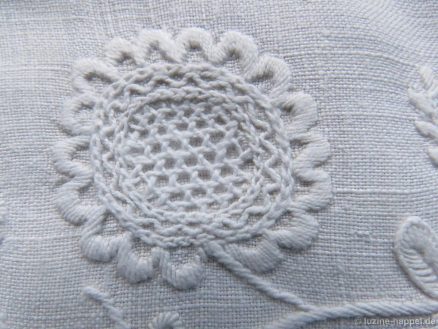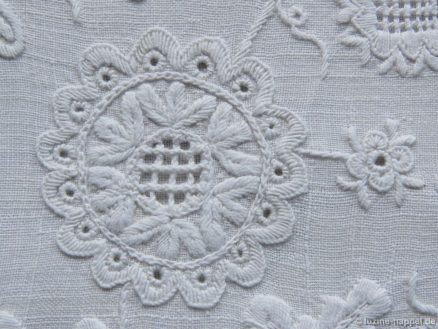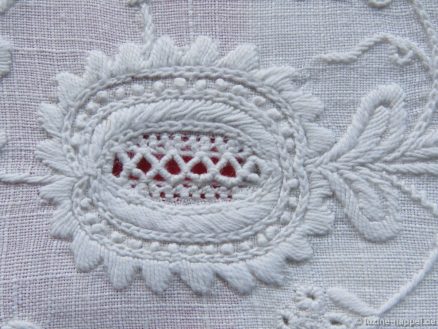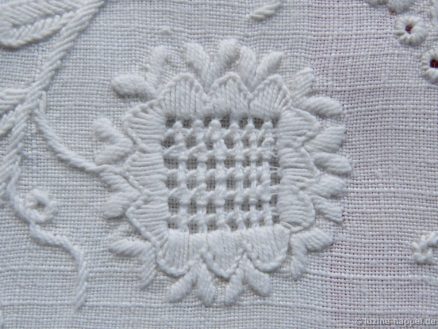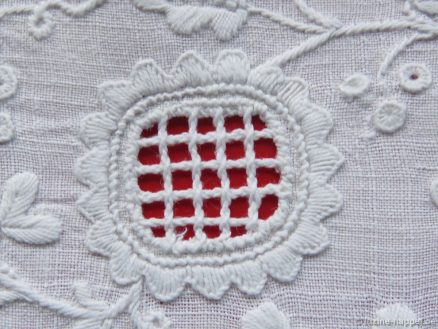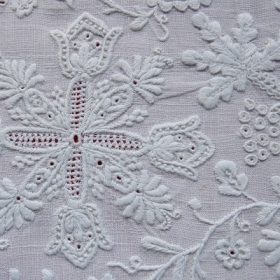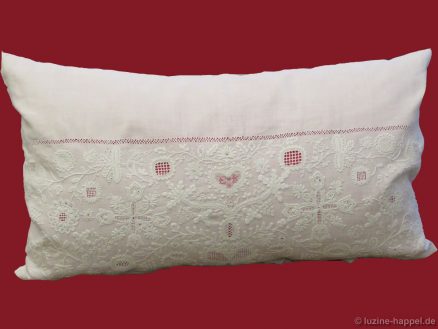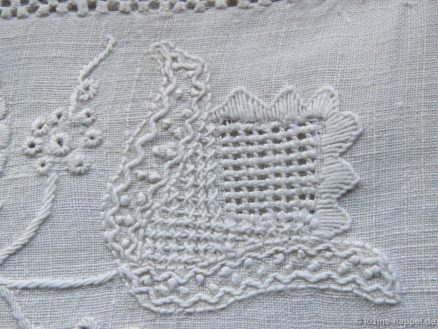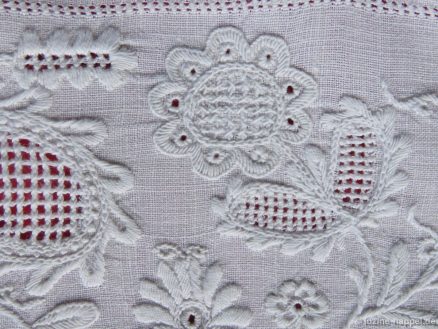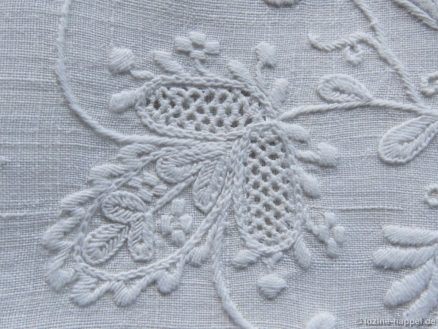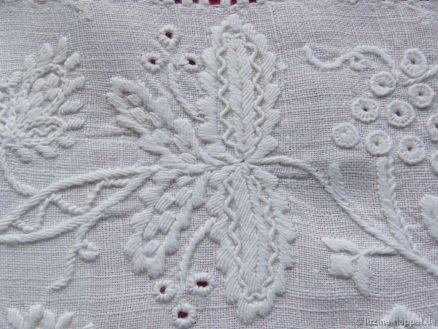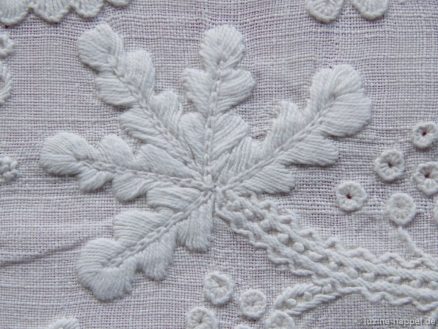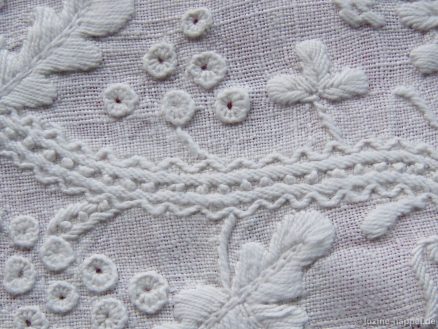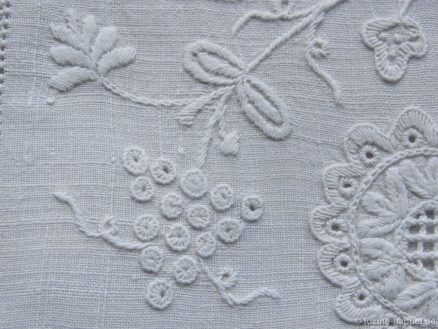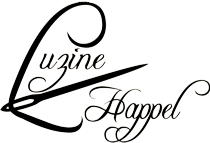Museum digital (2) – Tablecloth from 1927 from the Thielmann Workshop
The “Museum Digital” series presents outstanding examples of Schwalm whitework and documents them with numerous detailed photographs. Each photo is accompanied by a detailed description.
The pilot project – my Tulip Sampler – has met with great interest.
Now I have prepared another piece with first-class and remarkable embroidery: A beautiful and opulently embroidered tablecloth – dated 1927 – from the Thielmann workshop.
Much of my website is provided free of charge. I cover the costs of maintenance, updates, and upkeep.
Therefore, I ask for your understanding that such a time-consuming project as “Museum Digital” has a purchase price – albeit a small one.
In return, you will receive the “Tablecloth from 1927 from the Thielmann Workshop” with 140 high-resolution photos, which you can examine at your leisure and appreciate every detail. This is accompanied by a 12-page semantic description or, upon request, a 36-page description with inserted images.
By placing an order, you agree not to share or publish the photos and information in any way.
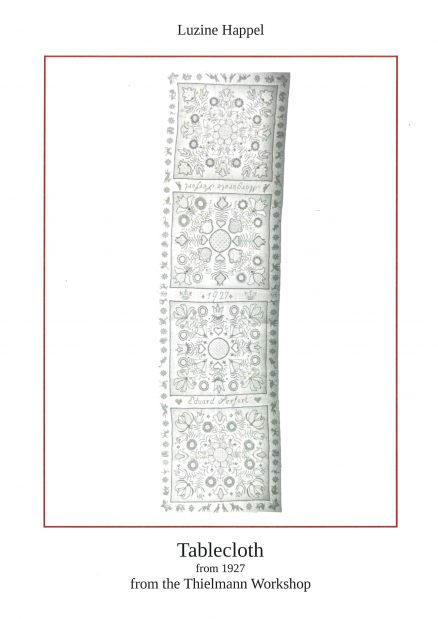
Tablecloth
from 1927
from the Thielmann Workshop
140 photos
12 pages text
or
36 pages text with inserted images
text: English
60,4 MB file size
5,00 €
zum Shop
